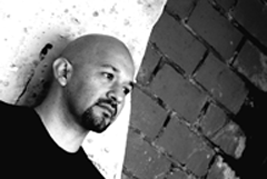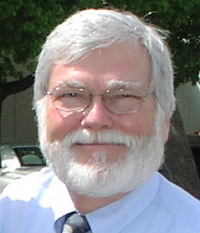 The New York Philharmonic has made significant strides to renew its commitment to contemporary classical music this season. Curated by composer-in-residence Magnus Lindberg and conducted by music director Alan Gilbert, April16th’s Contact! series performance was a compelling program stirringly performed.
The New York Philharmonic has made significant strides to renew its commitment to contemporary classical music this season. Curated by composer-in-residence Magnus Lindberg and conducted by music director Alan Gilbert, April16th’s Contact! series performance was a compelling program stirringly performed.
Sean Shepherd‘s These Particular Circumstances proved a vibrant opener. A bassoonist as well as a composer, he’s a fine orchestrator. Its also clear that, while at Cornell for his DMA, he learned a lot about Lutoslawski from Steven Stucky, as his language incorporates insights from both composers. Shepherd’s music has a wonderful way of making the orchestra shimmer. He took advantage of the chamber orchestra’s lither scoring, providing deft contrapuntal passages for winds and solo strings. At the same time, These Particular Circumstances displays considerable power in its tutti passages, reminding us that the ensemble for Contact! is a formidable assembly.
Nico Muhly made a point of complementing his former Juilliard classmate from the stage, pointing out that Shepherd’s high-lying passages create such a signature sound that, when he learned he was following him on the program, he decided to ‘give the violins a break.’ True, with a darker hued string section led by the violas, his work Detailed Instructions takes on a sound world that stood apart from the other pieces on the program. Muhly is post-minimal in orientation. And while a couple of the composers in the audience who sat near me groused at intermission that his work is ‘indebted to Philip Glass,’ what they didn’t seem to hear was Muhly’s playful departures from mainstream minimalism.
Instead of Glass’ symmetrical use of ostinati, Muhly’s repeating figures dart in and out of the ‘expected phrase lengths,’ creating delightful surprises and heady syncopations. In the more reposeful central section, he channeled an appealing lyricism from his recent pop-based excursions into a spacious orchestral mold. The third section gave the NYPO musicians a chance to up the bpm quotient, in a breakneck paced, dazzling finale. Make no mistake, Muhly is no mere retro-minimalist; quite the contrary, he’s a compelling new voice on the scene.
Matthias Pintscher composed Songs from Solomon’s Garden for the NYPO’s artist-in-residence, baritone Thomas Hampson. A setting of texts from the Song of Solomon in Hebrew, the work was simultaneously sensuous and inquisitive. Pintscher deftly juxtaposes cantabile passages with spikier ones, creating an impressively varied orchestral palette. And while Solomon’s Garden never even flirts with neoromanticism, it has a far more lyrical impulse than some of Pintscher’s other, in this writer’s opinion less congenial, vocal writing. Hampson sang the challenging, chromatic, and wide ranging part with commitment, subtlety, and musicality. At a stage in his career when he certainly needn’t take on learning new works, Hampson’s willingness to participate in Contact! so enthusiastically is admirable.
Gilbert has done a remarkable job in a short amount of time crafting a fine contemporary ensemble with these Philharmonic members. He elicited powerful, clear, and engaging performances throughout the program. Its worth noting that the NYPO is getting into the spirit and has been very supportive of Contact!. The organization went all out to publicize the show, in the process making a zealous case for new music’s relevancy in the broader cultural life of the city. And they did a good job incorporating multimedia into the PR mix; we posted some of the flipcam videos on the front page in advance of the performance.
Enlisting WNYC’s John Schaefer as host and onstage interviewer was a nice touch. Schaefer kept things moving breezily while eliciting both bon mots and aesthetic observations from each artist and composer. WNYC/WQXR’s contemporary internet station, Q2, will be broadcasting the concert on Thursday, April 22 at 7 p.m. or Saturday, April 24 at 4 p.m.
After the concert, the whole audience was invited to stay and chat at a reception. Everyone was even treated to a free beer. What’s not to like?


 From the Pulitzer
From the Pulitzer 
